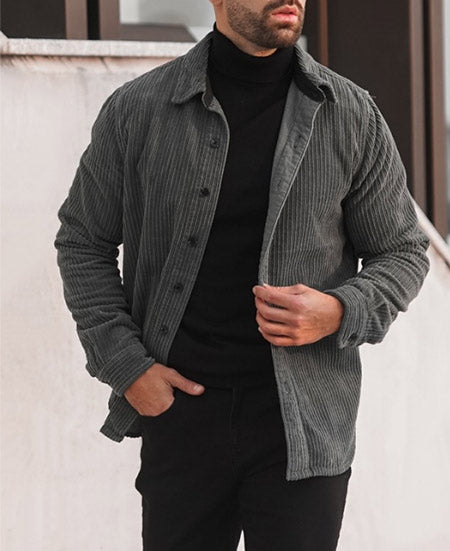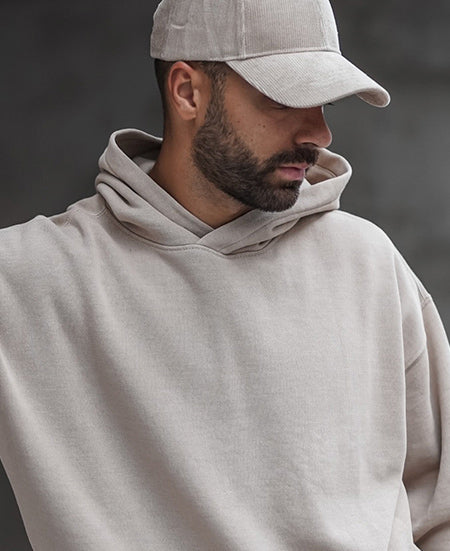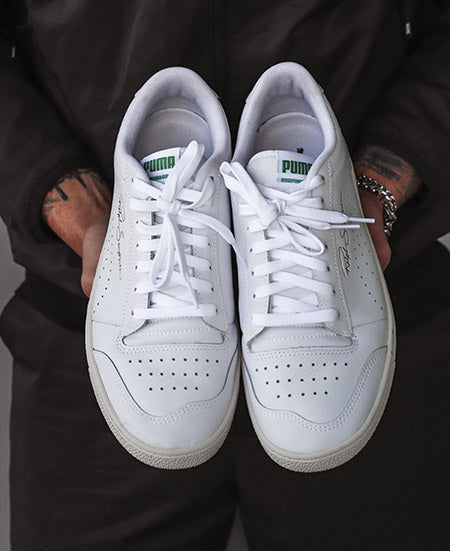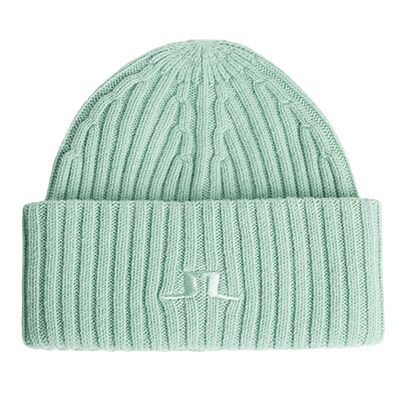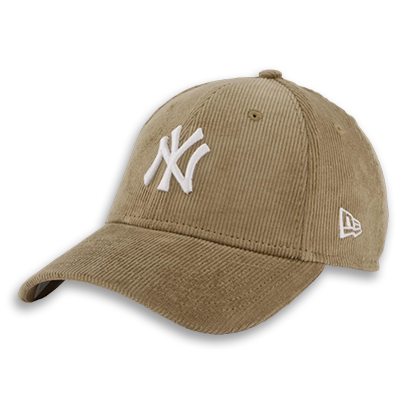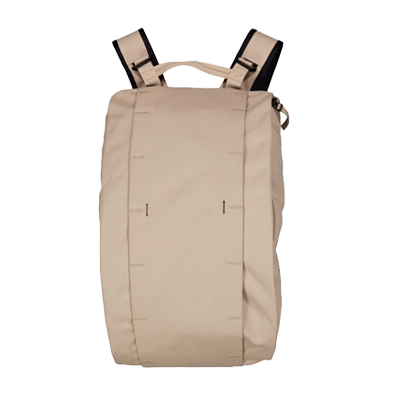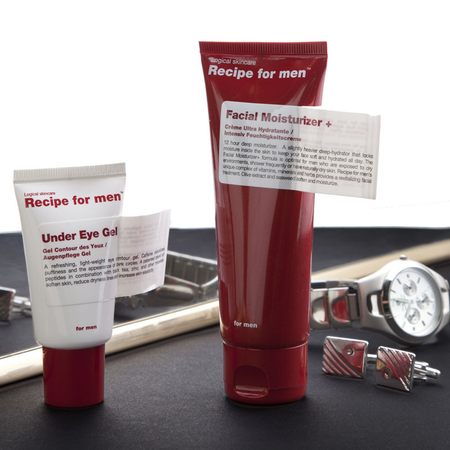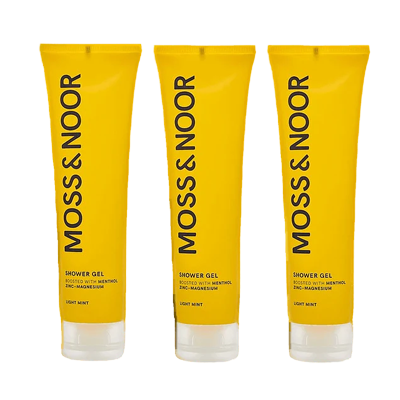The ultimate guide to finding your perfect suit size
Why getting your suit size right matters
A well-fitted suit is the foundation of any stylish man's wardrobe. When you wear a suit that fits you perfectly, it not only looks great but also boosts your confidence and makes a strong impression. On the other hand, an ill-fitting suit can make you look sloppy and unprofessional, no matter how expensive it may be.
That's why it's crucial to know your correct suit size and how to choose a suit that flatters your body type. In this guide, we'll walk you through the process of measuring yourself and finding your ideal fit.
How to measure yourself for a suit
Before you start shopping for a new suit, it's essential to take accurate measurements of your body. Here are the key measurements you'll need:
- Chest: Measure around the fullest part of your chest, keeping the tape level and snug but not tight
- Waist: Measure around your natural waistline, where you normally wear your pants
- Inseam: Measure from the top of your inner thigh to your ankle bone
- Sleeve: Measure from the base of your neck, over your shoulder, and down to your wrist
It's best to have someone else take these measurements for you to ensure accuracy. Once you have your measurements, you can use them to determine your suit size.
Understanding suit sizes
Suit sizes typically consist of two numbers: the chest size and the length. For example, a suit labeled "40R" means it's designed for someone with a 40-inch chest and a regular length.
Here's a breakdown of the common length options:
- Short (S): For men under 5'7" tall
- Regular (R): For men between 5'7" and 5'11" tall
- Long (L): For men over 5'11" tall
Keep in mind that sizing can vary between brands, so always refer to the specific size chart provided by the manufacturer.
Tips for finding the perfect fit
Once you have your measurements and know your general size, here are some additional tips to ensure you get the best fit:
- Try on multiple sizes: Don't be afraid to try on suits in sizes above and below your usual size to find the best fit
- Check the shoulders: The suit jacket should sit smoothly on your shoulders without any bunching or overhang
- Examine the sleeve length: The jacket sleeves should end just above your wrist bone, allowing about 1/4 inch of your shirt cuff to show
- Assess the pants: The pants should sit comfortably on your waist without requiring a belt to stay up, and the hem should gently brush the top of your shoe
Remember, a skilled tailor can make minor adjustments to improve the fit of your suit, but they can't work miracles. It's essential to start with a suit that fits you well overall.
Conclusion
Investing time in finding your perfect suit size pays off in the long run. Not only will you look sharp and put-together, but you'll also feel more confident and comfortable in your clothing. So grab a tape measure, jot down those numbers, and start your search for the suit that fits you like a glove. Trust us, when you find "the one," you'll know it.

